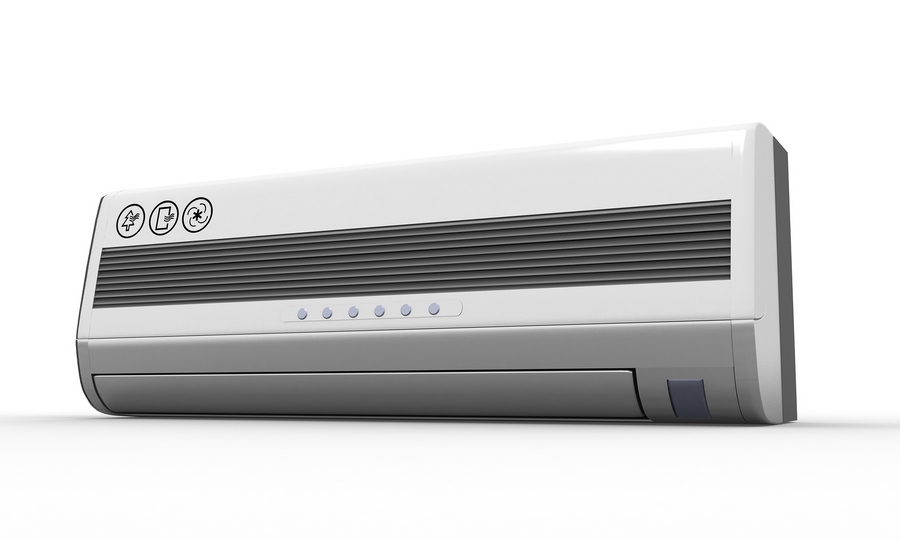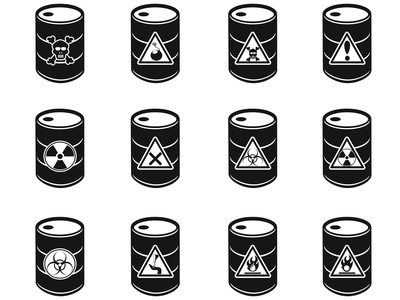Whenever you want to pump some liquid or gaseous materials from one point to another, matching the pump to the task is crucial. As such finding the right pump for the job is the first step toward success. The best way to determine the right pump is to undertake a vast array of calculations that take several things into account. These things include the nature of material you are looking to pump in terms of viscosity, the distance from point A to point B, the height difference, and the friction loss. Since the prospect of selecting the right pumping equipment is a daunting task, the following criteria can get you on the right track:
Process and design requirements
There are plenty of parameters that determine the process of pump selection. It is critical to decide whether to use a piston-type or centrifugal pump from the onset. Piston-type pumps deliver the pumped medium with the help of the reciprocating movements of the pistons and crankshafts, whereas the centrifugal pump is quite simple, allowing uniformity during delivery. The reciprocating movements of the crankshafts and pistons causes some delays that can encourage the development of air locks, but the Allis Chalmers pumps are ideal when you want to pump a viscous material such as crude oil. If the nature of your job requires the use of a submerged pump, ensure that you install the pump below the fluid. The design requirements and pumping processes can be quite complex. Fortunately a mechanical engineer can enumerate these processes in detail to help you understand the basic pump parts.
Nature of the pumped medium
The physical nature of the pumped medium is a decisive factor when it comes to the selection of the pumping equipment. The various media vary in terms of viscosity, abrasiveness, toxicity, weight, and temperature. Piston-type pumps can deliver the viscous media without altering their physical nature, and are instrumental in the food-processing industry for delivering the fruit jams and tomato pastes. There is a risk of corrosion too, and the best way to avert the pitfalls is to find a solution against the toxic and acidic media. PVC pipes are resistant to corrosion, meaning that you can rely on them to keep your jams and pastes in perfect shape. Once you have satisfied the various pump design requirements, it is critical to consider other issues such as safety and power consumption.
Key design parameters
It is critical to ensure that a hydraulic pump is operating within its capacity to avoid overloading it. Also, it is vital to note that a pump can overheat. As such, ensure that you install two pumps so that the umping process can continue as the main pump rests. By allowing your pump to rest for a while, you can increase its life span, improve its performance, and get more value for your money. Ensure that you do your pipework professionally. By working with the reputable pump distributors, you can eliminate the leakages and air losses that can compromise the efficiency of your pump. A poor plumbing system will overwork your pump while compromising the flow rate. Ensure that you inspect the plumbing system often to identify the problems that might affect the performance and integrity of your pump.








